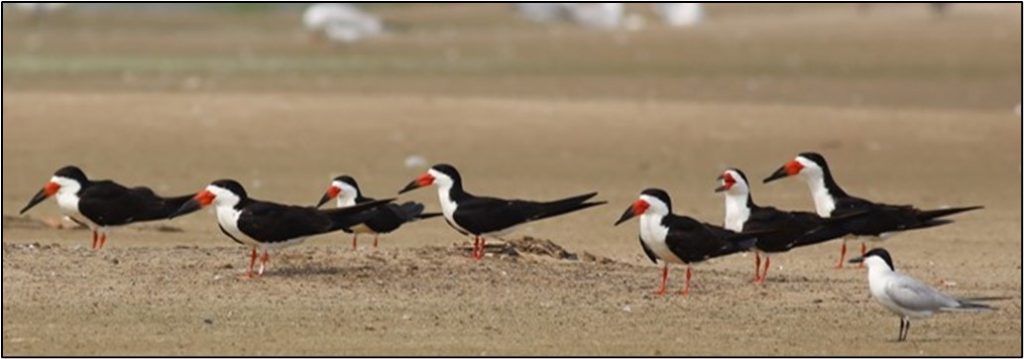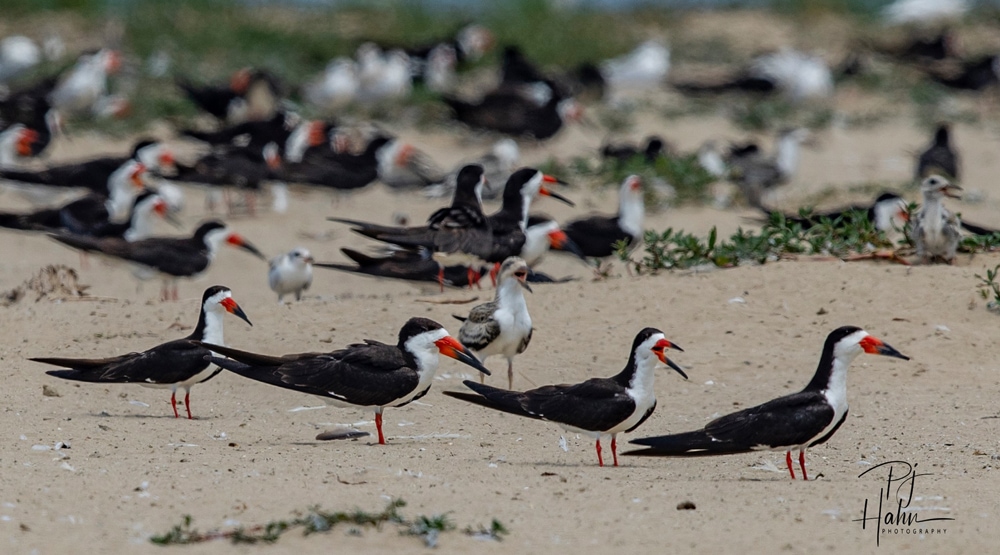This research will complement and build on a previous project that assessed breeding bird phenology on six dredged material islands and two open disposal areas in Baptiste Collette Bayou, Louisiana. The Dredging Operations Technical Support program is funding the USGS to monitor these areas during the migratory and over-wintering seasons in fall-winter 2021-2022 to gather additional survey data to develop a more comprehensive picture of the bird utilization of these areas that were built over time via sediments dredged from the adjacent federal navigation channel. In addition to breeding bird survey data, aerial imagery and LiDAR data were collected in June 2021. This imagery was used to characterize specific features of the islands and disposal areas, including size, elevational gradient, and habitat availability. These data will act as a baseline for future work, including application of these best practices on other dredging projects in the region.
Over the past 60 years, development and sea-level rise, have contributed to the erosion and degradation of coastal habitats. Many open-sand nesting coastal birds have been increasingly dependent upon man-made, dredged material islands for breeding. However, the role of such islands and other placement areas for seasonal coastal birds during the non-breeding seasons has received far less attention. To better align USACE navigation and ecosystem restoration missions with EWN principles, the function and performance of avian habitats created with dredged material need to be documented and recommendations made by cooperating-agency SMEs for design improvements of individual sites or collective sites within regional units. By implementing these design improvements, conservation targets may be more easily met for TER-S that utilize these beneficial use sites as stopover, breeding, or foraging habitats.



